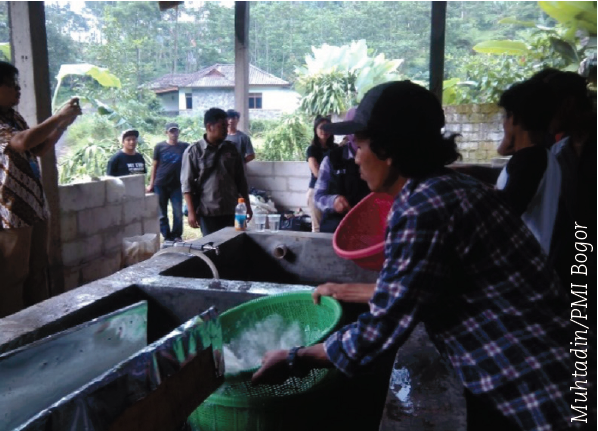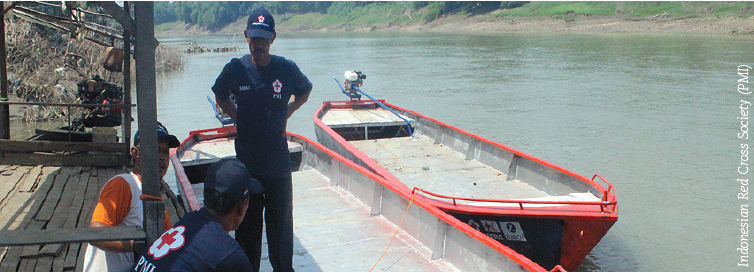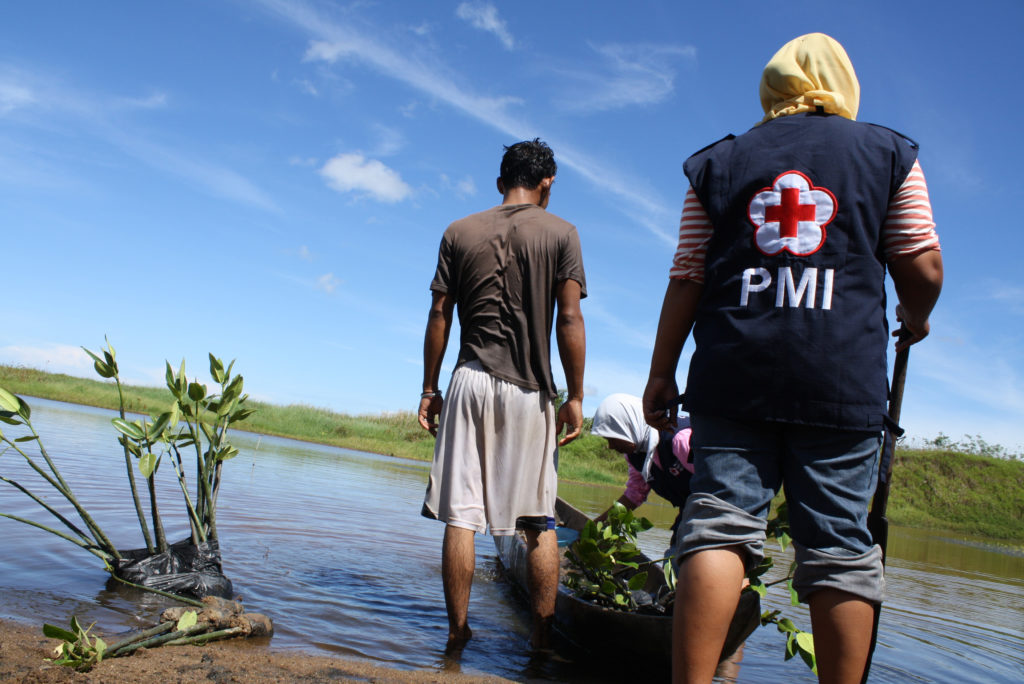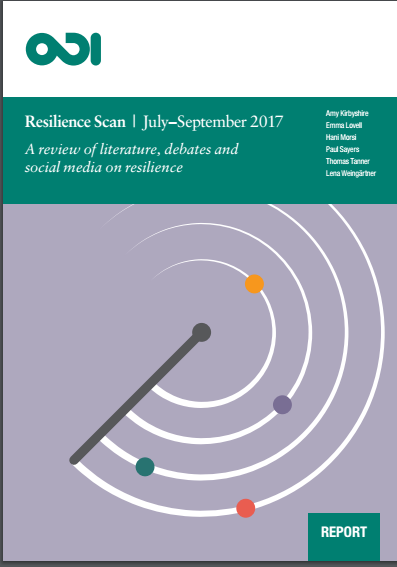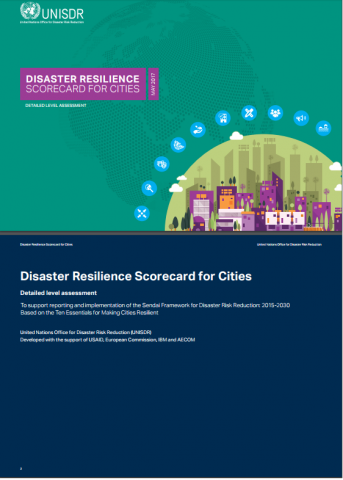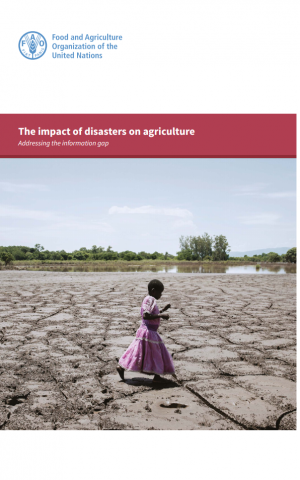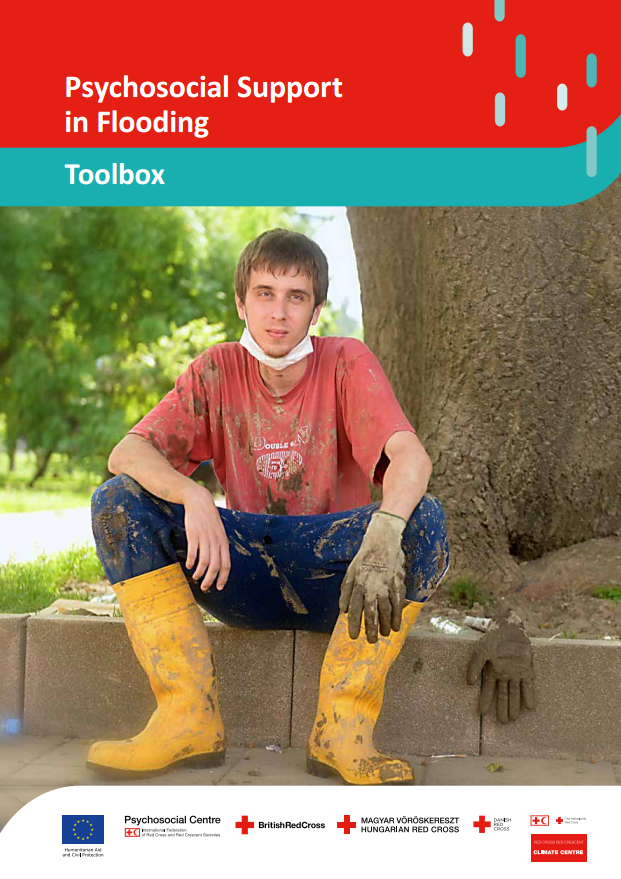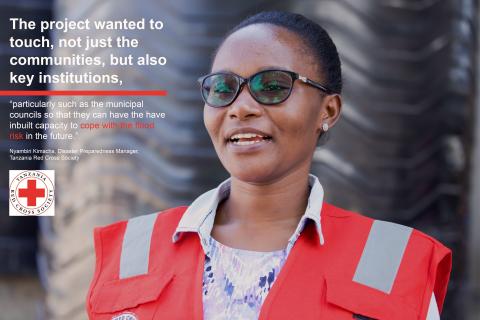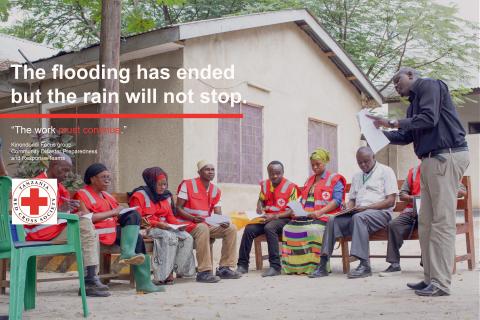Waste management in Tugu Utara – Flood Resilience
The Flood Resilience Programme (FRP) has applied a ‘one river – one management’ approach in Indonesia. It addressed impacts in the downstream community of Ciliwung (Jakarta) and also their causes further upstream in Bogor. One of the main issues upstream, based on a detailed assessment, is garbage and waste. To address this problem, the project […]
Waste management in Tugu Utara – Flood Resilience Read More »

